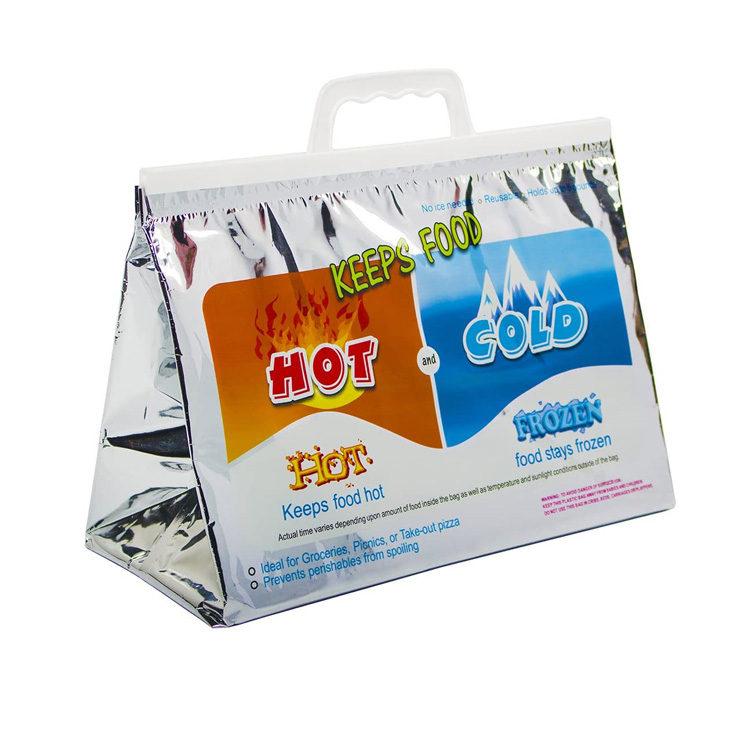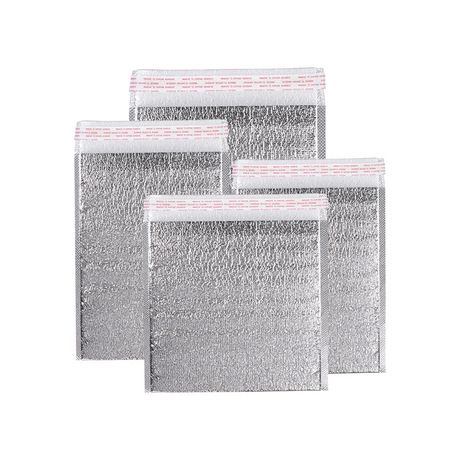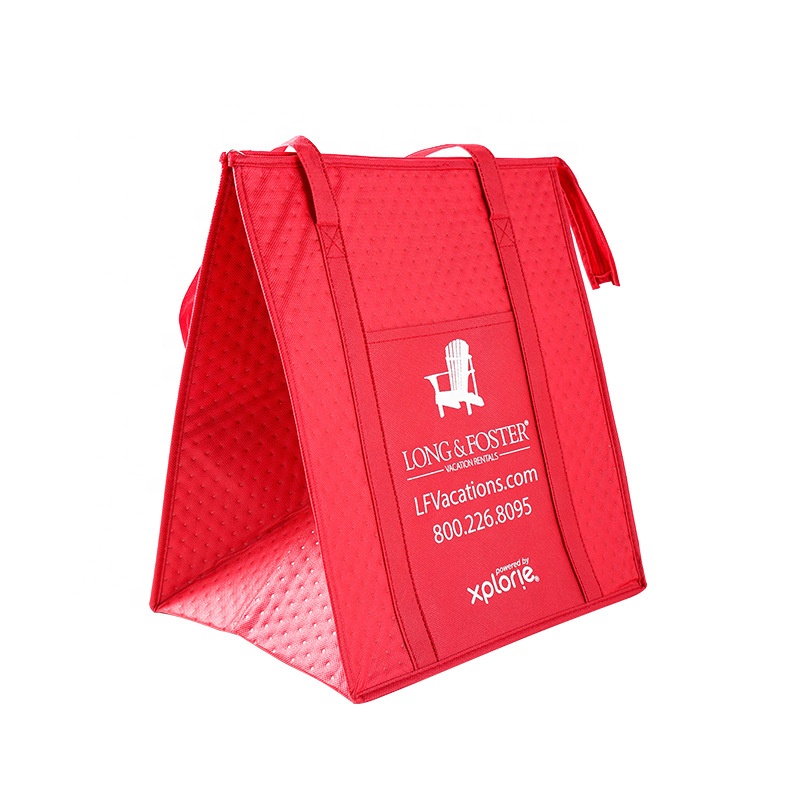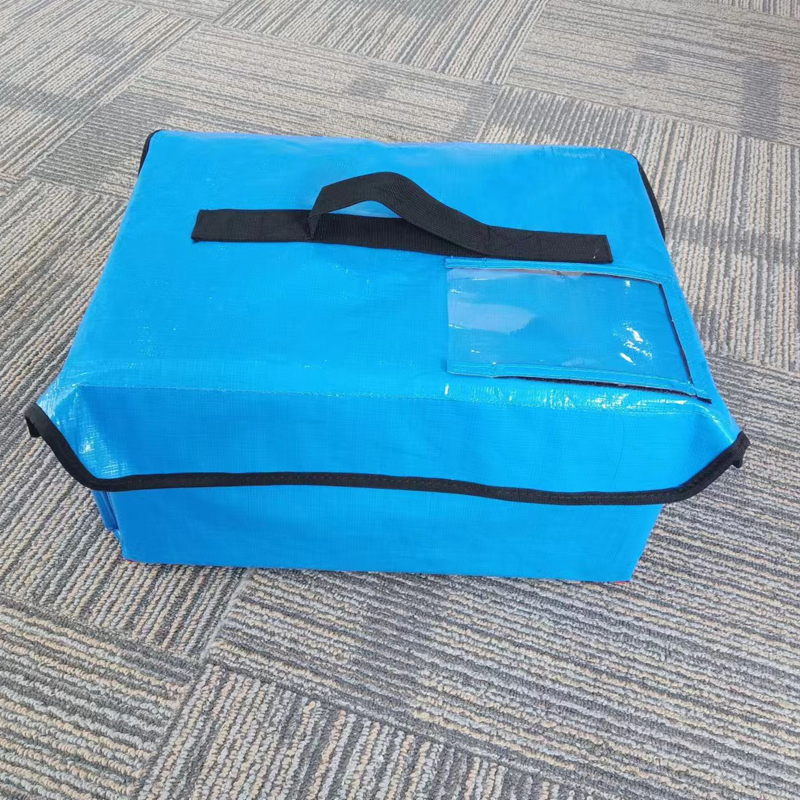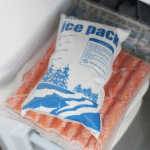As global food supply chains expand, cold packs for food have become critical for preserving freshness, reduzindo o desperdício, and meeting consumer expectations. From meal kits to pharmaceuticals, these cooling solutions must deliver reliable temperature control while addressing environmental concerns. Este artigo examina os últimos avanços, desafios, and Tempk’s breakthrough dry ice technology reshaping cold chain logistics.

1. Material Innovations Enhancing Cooling Efficiency
Modern cold packs leverage cutting-edge materials to optimize performance:
-
Bio-Based Phase-Change Materials (PCMs): Coconut oil and soy wax derivatives maintain -18° C a 5 ° C. para 72+ horas, outperforming traditional gel packs by 40%.
-
Conchas biodegradáveis: PLA-PBAT blends decompose in 6–12 months under industrial composting, eliminando a poluição microplástica.
-
Aerogel-Enhanced Liners: Os compósitos de sílica airgel reduzem a transferência de calor por 55% Ao adicionar peso mínimo (0.15g/cm³).
2. Critical Applications Across the Food Industry
-
Meal Delivery: Non-toxic gel packs with UV-resistant coatings keep ingredients fresh at 0–4 ° C. for 48-hour shipments, reduzindo a deterioração por 30%.
-
Seafood Transport: Dry ice alternatives using salt hydrate PCMs sustain -25°C for transcontinental flights, preserving texture and flavor.
-
Dairy Products: Antimicrobial liners in reusable packs inhibit bacterial growth while maintaining 2–4 ° C. para 96 horas.
3. Sustainability Challenges and Industry Responses
-
Lacunas de reciclagem: Apenas 15% of conventional gel packs are recycled due to mixed-material designs. Tempk’s mono-material packs achieve 100% Reciclabilidade em circuito fechado.
-
Consumo de energia: Congelamento contabiliza 70% of carbon footprints. Solar-powered cold storage hubs reduce emissions by 50%.
-
Regulatory Pressures: Regra da FSMA da FDA 204 and EU’s Single-Use Plastics Directive push adoption of traceable, materiais não tóxicos.
4. Smart Technologies Shaping the Future
-
IoT Sensors: Bluetooth-enabled temperature loggers (± 0,2 ° C precisão) sync with apps for real-time cold chain monitoring.
-
Auto-regulador PCMS: Os materiais acionados pela IA ajustam os pontos de fusão com base em temperaturas externas, estendendo a duração do resfriamento por 60%.
-
Edible Cold Packs: Starch-based gels infused with natural preservatives safely degrade while preventing food dehydration.
5. Pacotes de gelo seco de Tempk: Redefinindo a excelência em cadeia fria
Tempk Zeroice Pro Série sets new benchmarks with:
-
Fórmula de carbono ultra-baixa: Feito de 100% co₂ reciclado, these packs achieve -78°C sem resíduos perigosos, ideal for high-value shipments.
-
Design reutilizável: Suportar 500+ Ciclos de congelamento e inchaço (3x Média da indústria) and feature RFID tags for lifecycle tracking.
-
Sistema de desperdício zero: Join Tempk’s Programa Coolcycle—return used packs for CO₂ recapture and sanitization, alcançando 98% eficiência circular.
By merging extreme performance with sustainability, Tempk’s dry ice packs ensure freshness while advancing planetary stewardship.









